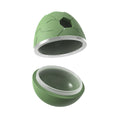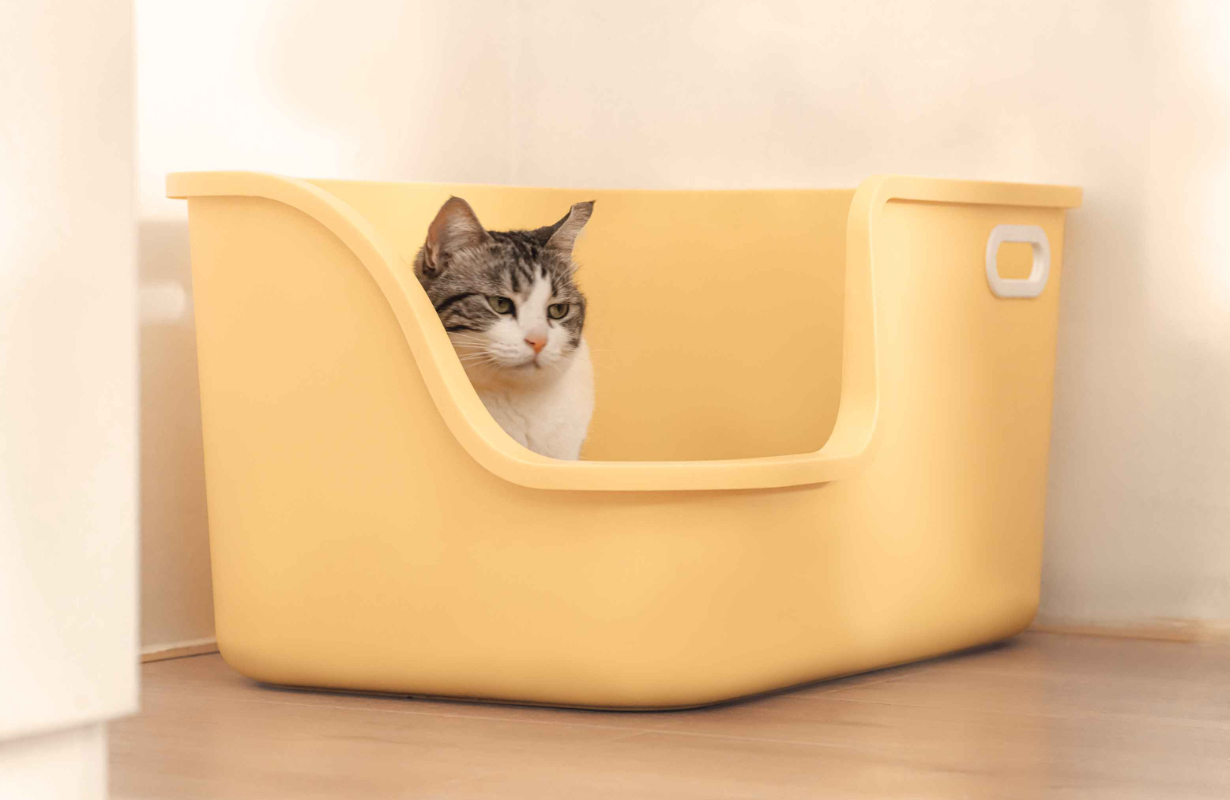Adopting a rescue cat is a deeply fulfilling experience, providing a loving home to a deserving feline companion. However, finding the perfect rescue cat requires careful consideration and understanding of key factors. In this blog post, we will guide you through the process of selecting a rescue cat that will thrive in your home and bring joy to your life.
#1. Assessing Your Readiness for Cat Adoption
Before embarking on the journey of cat adoption, it's important to evaluate your readiness. Consider your lifestyle and commitment to ensure you can provide the time, care, and attention that a cat requires. Cats need daily feeding, grooming, playtime, and social interaction. Additionally, factor in the financial responsibilities such as food, supplies, and veterinary care. Understanding the responsibilities of cat ownership and preparing yourself accordingly will set the stage for a successful adoption.

#2. Researching Rescue Organizations and Shelters
When adopting a rescue cat, it's essential to choose a reputable source. Reputable rescue organizations and shelters prioritize the well-being of the cats in their care and follow proper medical protocols. Take the time to research and identify local rescue organizations and shelters with a positive reputation. Utilize online resources, directories, and social media platforms to gather information about their practices and adoption processes. Consider visiting shelters or attending adoption events to get a firsthand experience and interact with the available cats.
#3. Understanding Your Living Situation
Your living situation plays a crucial role in determining the type of cat that will thrive in your home. If you live in an apartment, consider the space limitations and whether the cat will have enough room to explore and play comfortably. Indoor cats can adapt well to apartment living, provided they have engaging toys, scratching posts, and vertical spaces to climb. For houses without yards, indoor cats are the ideal choice.
Assess your home for potential hazards and ensure that it's safe and cat-proofed. If you have existing pets or family members, take their compatibility into account. Some cats may enjoy the company of other animals, while others may prefer a single-pet household.
#4. Identifying Your Ideal Rescue Cat
When choosing a rescue cat, it's important to consider your preferences and requirements. Age and temperament are crucial factors. Kittens are full of energy and require more time and attention for socialization and training. Adult cats, on the other hand, may be calmer and have established personalities. Consider your lifestyle and energy level to determine which age range is the best fit.
Additionally, think about the cat's personality traits and compatibility. Some cats are highly affectionate and crave human interaction, while others are more independent and low-maintenance. If you have children or other pets, look for a cat with a temperament that matches their needs.

#5. Interacting with Potential Rescue Cats
Visiting the shelter or rescue organization is an exciting step in the adoption process. Observe the cats' behavior in their environment. Are they active and playful or more reserved? Take the time to interact with the cats and get to know their individual personalities. Approach them calmly and allow them to approach you at their own pace. Pay attention to their body language and how they respond to your presence and touch. A cat that shows curiosity, confidence, and positive social interaction may be a good fit for your home.
#6. Asking Relevant Questions
Gathering information is crucial to making an informed decision. When interacting with shelter staff or volunteers, ask about the cat's background and health history. Inquire about vaccinations, spaying/neutering, and any known medical conditions. Understanding the cat's behavioral background is also important, as it can give you insights into their past experiences and any specific needs they may have. Additionally, ask about the adoption process and requirements. Find out about the application procedures, adoption fees, and what support or resources are available post-adoption. Many shelters offer assistance and guidance during the transition period.
#7. Making the Final Decision
Choosing the right rescue cat is a combination of careful consideration and trusting your instincts. Reflect on your interactions and observations with the cats you've encountered. Consider their compatibility with your lifestyle, preferences, and existing family members or pets. Trust your intuition and the emotional connection you feel with a particular cat. While it's important to be mindful of practical considerations, such as your living situation and the cat's needs, ultimately, the bond you form and the connection you feel will guide you towards the right choice. Seek guidance from shelter staff or volunteers if you have any concerns or questions. They can provide valuable insights and help you make an informed decision.
Conclusion
Adopting a rescue cat is a truly rewarding experience that brings immense joy and companionship. By assessing your readiness, researching rescue organizations, understanding your living situation, and identifying your ideal cat, you're well-equipped to find a loving companion. Remember to interact with potential cats, ask relevant questions, and trust your instincts when making the final decision. With careful consideration, you can provide a forever home for a deserving rescue cat and experience the incredible bond that comes with it.
































Leave a comment
All comments are moderated before being published.
This site is protected by hCaptcha and the hCaptcha Privacy Policy and Terms of Service apply.